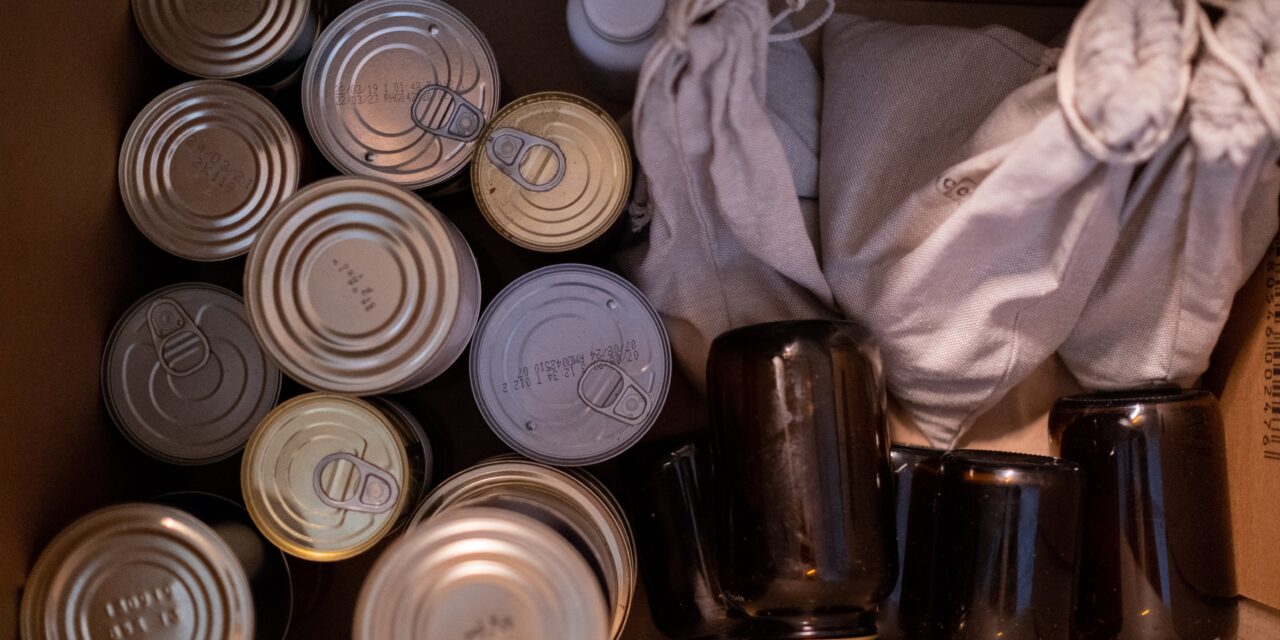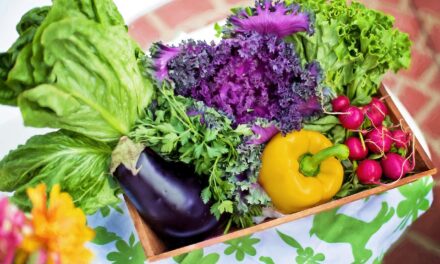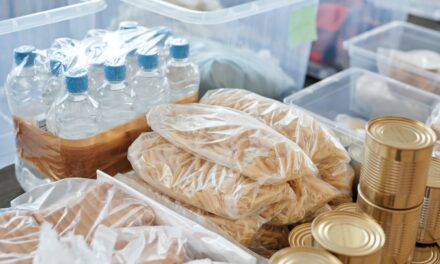Introduction: The Importance of Non-Perishable Foods in Emergency Preparedness
In an increasingly unpredictable world, where natural disasters, pandemics, and other emergencies can strike unexpectedly, being prepared is more important than ever. A critical aspect of this preparedness is having a well-stocked emergency food supply. Non-perishable foods play a pivotal role in this regard, offering long shelf life, nutritional value, and ease of storage, making them ideal for times of crisis. In this comprehensive guide, we’ll delve into the importance of non-perishable foods for emergency storage, providing insights and practical tips to help you build a resilient and nutritious food reserve that can sustain you and your loved ones during unexpected situations.
Non-perishable foods are not just a matter of convenience; they are a crucial component of survival planning. In the face of power outages, supply chain disruptions, or when venturing into the wilderness, these foods can be life-saving. They are designed to last for months, if not years, without refrigeration, making them the perfect choice for emergency preparedness kits. The right selection of non-perishables can ensure that your dietary needs are met even when fresh produce is not available.
But what exactly constitutes a good emergency food supply? How can you select the right mix of non-perishables that are not only long-lasting but also nutritious and palatable? This guide aims to answer these questions and more, helping you to create a well-rounded emergency food strategy that takes into account nutrition, shelf life, and variety.
From understanding the fundamental properties of non-perishable foods to knowing how to store them properly, we’ll cover all the bases. You’ll gain expert insights into the best food items to include in your emergency stash and how to balance variety with practicality. Whether you’re a seasoned prepper or just starting to think about emergency preparedness, this guide will provide you with the essential information you need to make informed decisions about your emergency food supply.
Let’s dive into the world of non-perishable foods and explore how they can be a cornerstone of your emergency preparedness plan.
Remember, being prepared is not about fear; it’s about empowerment. Knowing that you have a reliable food supply in case of an emergency can give you peace of mind and the confidence to face any challenge.
Section 2: Selecting and Managing Your Non-Perishable Food Supply
Choosing the Right Non-Perishables
When building your emergency food supply, the key is to focus on variety, nutritional value, and shelf life. A well-thought-out assortment of non-perishable food can provide essential nutrients while also catering to different tastes and dietary needs. Here are some top recommendations:
- Whole grains and legumes: Items like rice, quinoa, oats, lentils, and dried beans offer a great combination of carbohydrates, fiber, and protein. They are versatile, easy to cook, and can form the base of many nutritious meals.
- Canned goods: Canned vegetables, fruits, meats, and fish are excellent for adding variety and essential nutrients. Look for low-sodium options and cans with pull-tab openings if you might not have a can opener handy.
- Dried fruits and nuts: These are excellent sources of energy, fiber, and healthy fats. They make for convenient snacking and can add flavor and nutrition to meals.
- Powdered milk and dairy alternatives: These provide a source of calcium and vitamin D. They can be used in cooking or consumed as a beverage.
- Seeds and nut butters: These are not only nutritious but also high in calories, providing sustained energy. They are also great for adding flavor to meals.
Storage and Rotation Strategies
Proper storage and regular rotation of your non-perishable food items are crucial to ensure they remain safe and nutritious when you need them. Consider the following tips:
- Storage conditions: Store your food in a cool, dry place. Excessive heat or moisture can lead to spoilage. Basements or pantries are typically good locations, but beware of areas prone to flooding.
- Organization: Organize your food supply by expiration date. Use a “first-in, first-out” approach to rotate foods, using the oldest items first.
- Regular checks: Periodically check your supply for any signs of spoilage or damage, especially in canned goods, which can suffer from rust or dents.
Remember, the goal of your emergency food supply is not just to survive, but to thrive. Nutritious, well-balanced meals can provide comfort and a sense of normalcy in challenging times.
Special Dietary Considerations
When planning your emergency food supply, it’s important to consider any special dietary needs of your family. This might include food allergies, baby food, pet food, or dietary restrictions due to health conditions. Ensure that your food supply caters to these needs, so everyone has access to safe and suitable nutrition.
In conclusion, building and managing a non-perishable food supply is a critical aspect of emergency preparedness. By selecting a variety of nutritious foods, storing them properly, and regularly rotating your stock, you can ensure that your emergency food supply remains safe, nutritious, and ready when you need it most.
Section 3: Summary and Takeaways
Recap of Key Points
Preparing an emergency food supply is a fundamental aspect of survival preparedness. The key lies in selecting a variety of non-perishable foods that offer nutritional value and have a long shelf life. Incorporating items like whole grains, legumes, canned goods, dried fruits, nuts, powdered milk, and seeds ensures a balanced diet. Storage and rotation are equally important to maintain the quality and safety of the food. Additionally, accommodating special dietary needs is essential for the well-being of all family members, including pets.
Implementing Your Plan
Start building your emergency food supply today. Begin with a few essential items and gradually expand your stockpile. Regularly review and rotate your supplies to keep them fresh and usable. Remember, in an emergency, your food supply is more than sustenance; it’s a lifeline that can significantly impact your morale and health.
Emergency preparedness is not just about having the resources; it’s also about planning and knowledge. Educate yourself and your family on basic survival skills, first aid, and how to use the items in your emergency kit. Knowledge is as valuable as the supplies themselves.
Conclusion
Building an emergency food supply is a proactive step towards ensuring safety and security in unforeseen circumstances. By carefully selecting and managing your non-perishable food items, you can be prepared for any emergency. Remember, the goal is not just to survive, but to maintain a level of comfort and normalcy even in the toughest of times.
Stay informed, stay prepared, and remember, survival is not just about the body; it’s about the mind too. A well-prepared emergency food supply can provide both physical nourishment and mental peace of mind.







